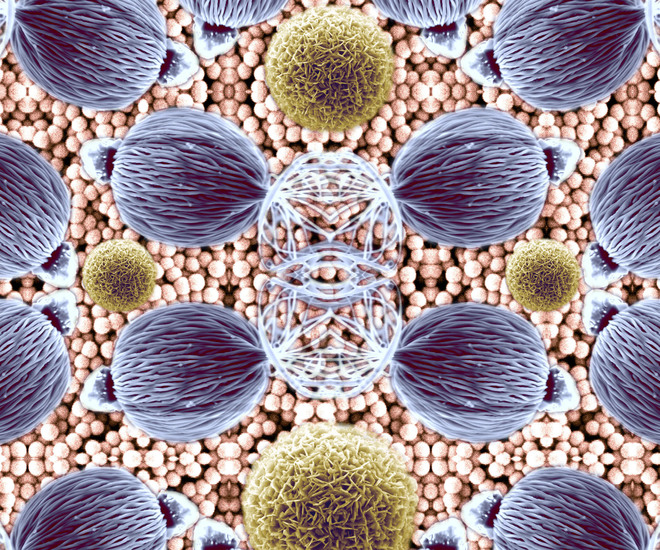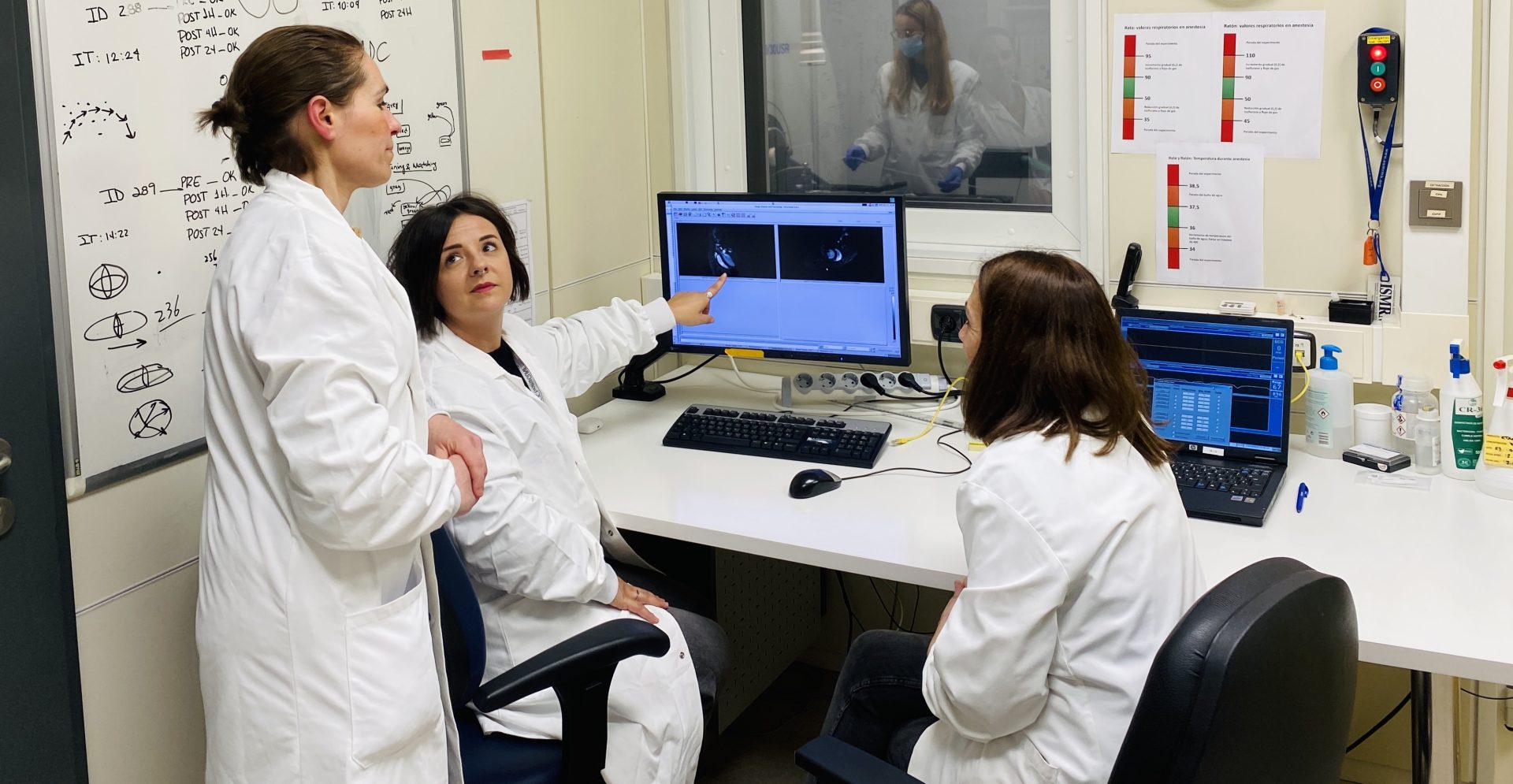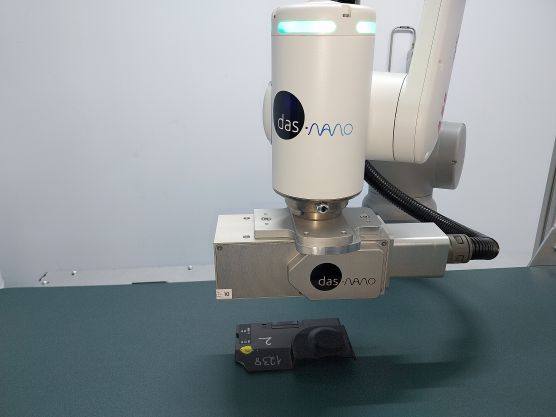Nanotechnology to understand the behaviour of tumours

Study using SERS technology reveals a new type of interaction between tumour cells and their environment
The study, co-led by researchers from CIC biomaGUNE and CIC bioGUNE, demonstrates the potential of SERS spectroscopy for cancer metabolism research.
 A study by pre-doctoral researcher Pablo S. Valera, recently published in PNAS, has demonstrated the potential of surface-enhanced Raman spectroscopy (SERS) to explore metabolites secreted by cancer cells in cancer research. The study, which has been led by Ikerbasque professors Luis Liz Marzán (from CIC biomaGUNE) and Arkaitz Carracedo (from CIC bioGUNE) and in which other researchers from both centres, also belonging to the Centro de Investigación Biomédica en Red (CIBER), have also participated, offers valuable information to guide more specific experiments that reveal the function of such secreted metabolites in the tumour microenvironment or tumour environment, which could lead to new therapeutic strategies.
A study by pre-doctoral researcher Pablo S. Valera, recently published in PNAS, has demonstrated the potential of surface-enhanced Raman spectroscopy (SERS) to explore metabolites secreted by cancer cells in cancer research. The study, which has been led by Ikerbasque professors Luis Liz Marzán (from CIC biomaGUNE) and Arkaitz Carracedo (from CIC bioGUNE) and in which other researchers from both centres, also belonging to the Centro de Investigación Biomédica en Red (CIBER), have also participated, offers valuable information to guide more specific experiments that reveal the function of such secreted metabolites in the tumour microenvironment or tumour environment, which could lead to new therapeutic strategies.
The tumour microenvironment is a complex ecosystem formed by interactions between tumour and healthy cells. It is a dynamic pseudo-organ that determines cancer development and progression. While the traditional focus has been on intercellular communication mediated by protein messengers, recent attention has turned to metabolites (or small compounds) secreted by tumours into the extracellular space.
Traditional techniques for tracking these metabolites in complex cellular contexts are limited, but surface-enhanced Raman spectroscopy (SERS) has emerged as a promising alternative due to its simplicity of operation. In this study, a SERS-based strategy is proposed “to investigate metabolites secreted by tumour cells lacking methylthioadenosine phosphorylase (a common genetic event associated with poor prognosis in several types of cancer, such as breast cancer and glioblastoma),” explains Valera. SERS “is a spectroscopic technique that uses gold nanoparticles to detect molecules in a biofluid. It is a fairly fast technique, in which no pre-treatment of the samples is required,” he adds.
Cell communication produced by metabolites secreted by tumour cells
Using SERS, the researchers have discovered that these cells secrete
purine metabolites, which can be metabolised by healthy cells, leading to molecular changes consistent with the aggressiveness of the cancer, which explains the reprogramming of the tumour environment in cancers with methylthioadenosine phosphorylase suppression never seen before: “We have been able to detect this metabolite, not only in tumour cells but also in the rest of the healthy cells that are in contact with tumour cells. In other words, we have detected that there is a relationship between tumour cells and healthy cells by means of this metabolite, and that it also causes a change in the behaviour of healthy cells so that they help, in a certain way, the development of the tumour,” says Valera. It is worth mentioning that “unravelling the complexity of such interactions in cancer patients could, in turn, pave the way for new therapeutic approaches,” he adds.
The successful application of SERS in this study demonstrates that this technology could accelerate the ability to rapidly capture metabolic interactions in complex environments. Indeed, the simple and rapid acquisition of signals in SERS, together with its high sensitivity, qualifies as a first-line tool that can subsequently guide more targeted analyses. By monitoring with complementary techniques, a complete picture of the metabolic state of the tumour microenvironment can be achieved. Importantly, an effective synergy between SERS and other analytical methods has also been demonstrated.




